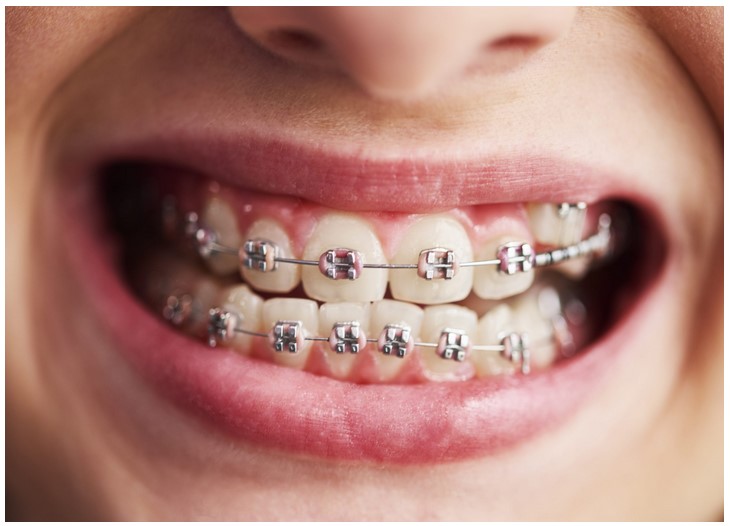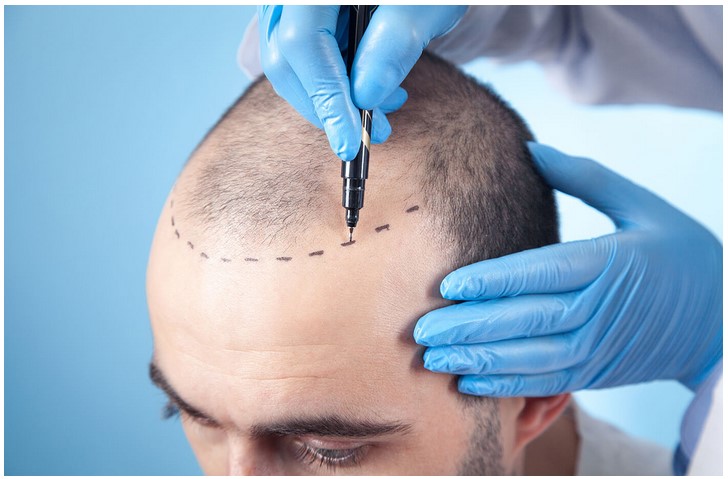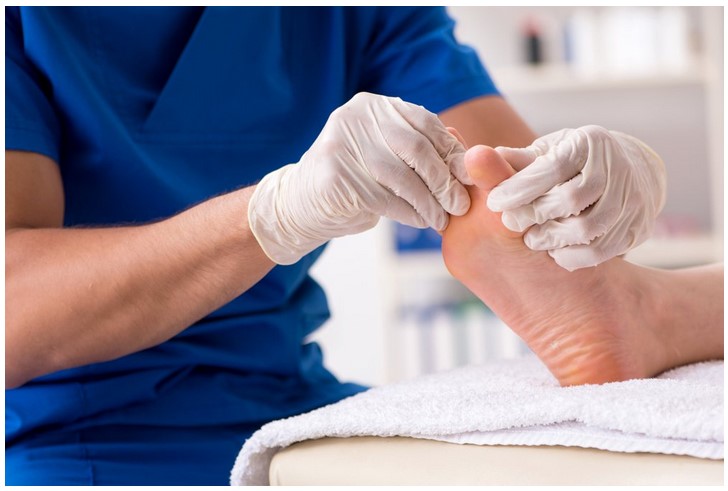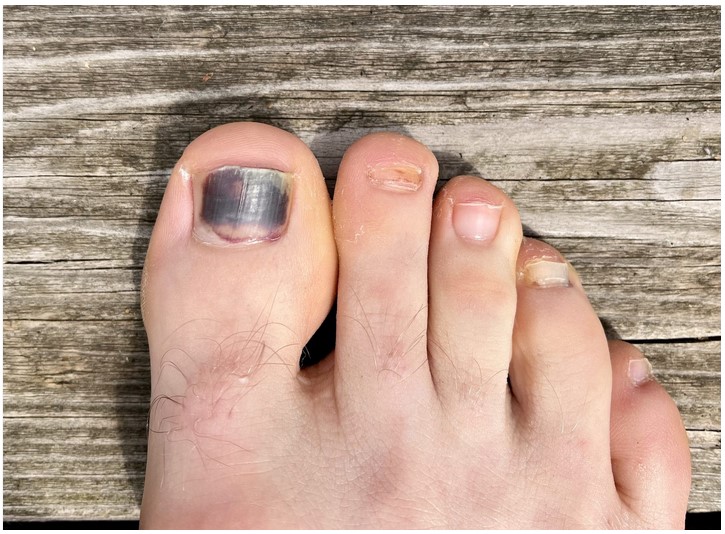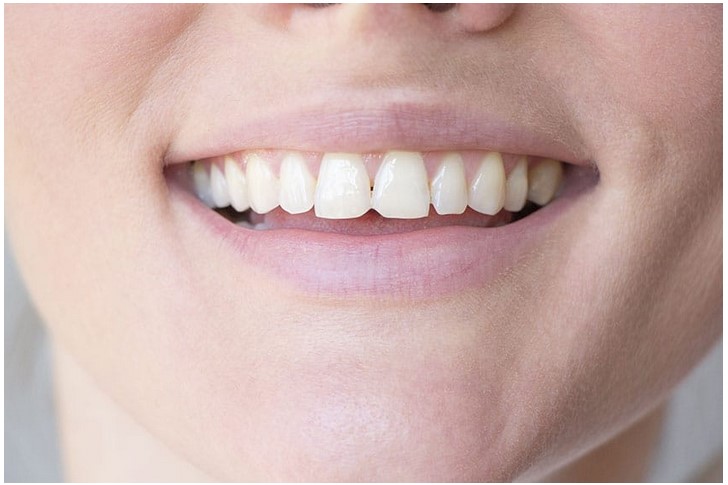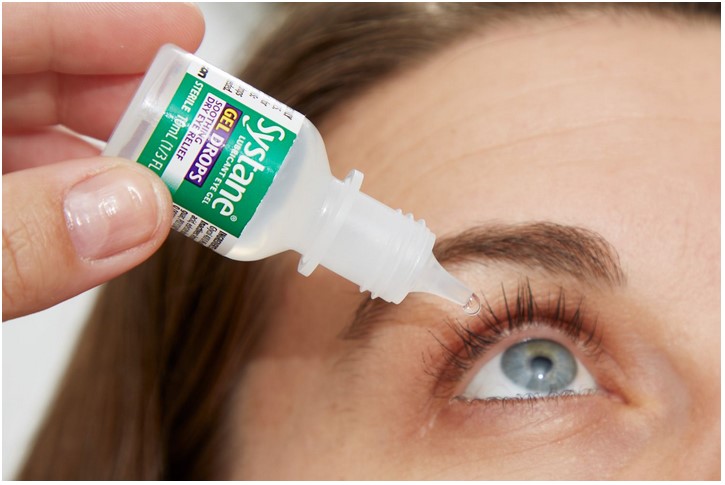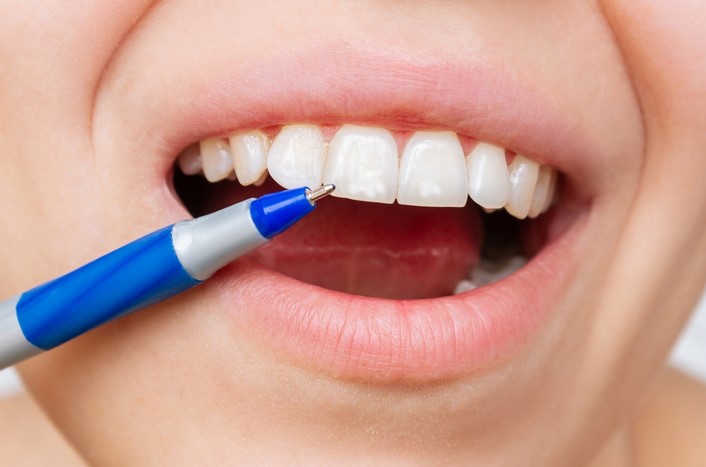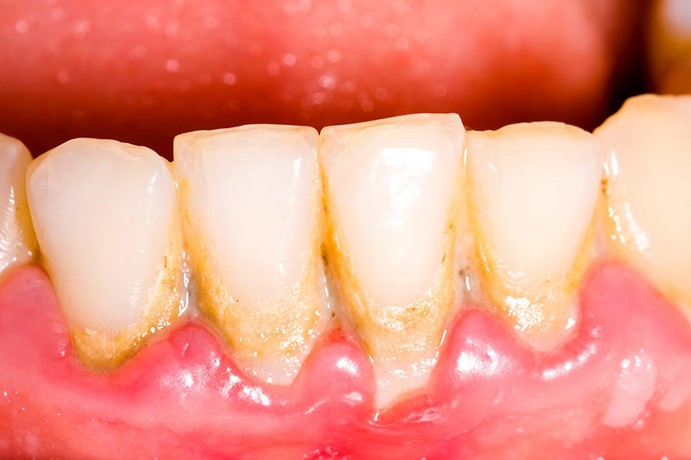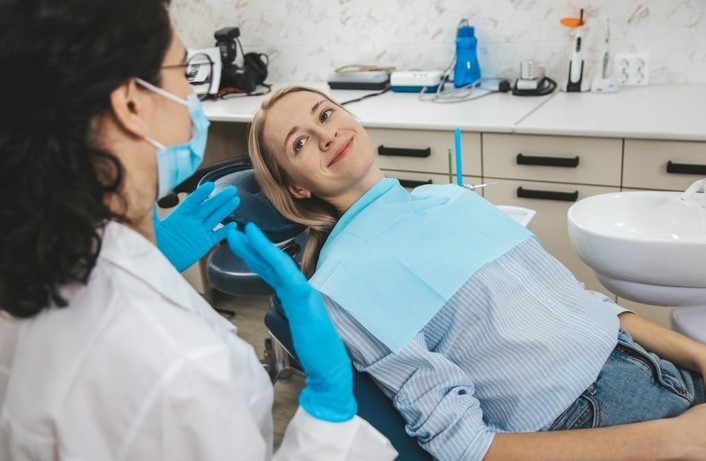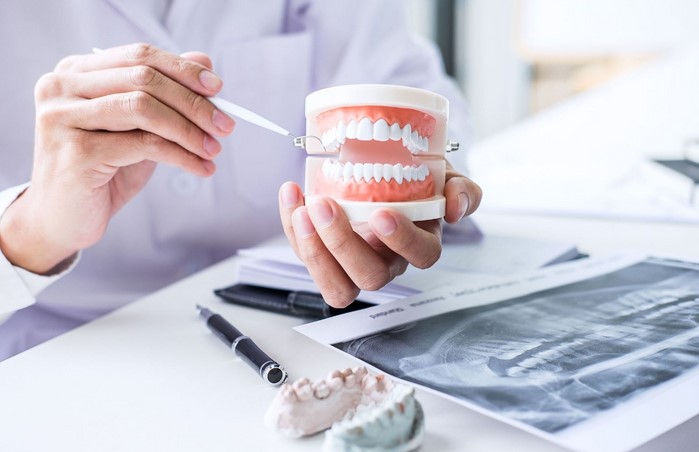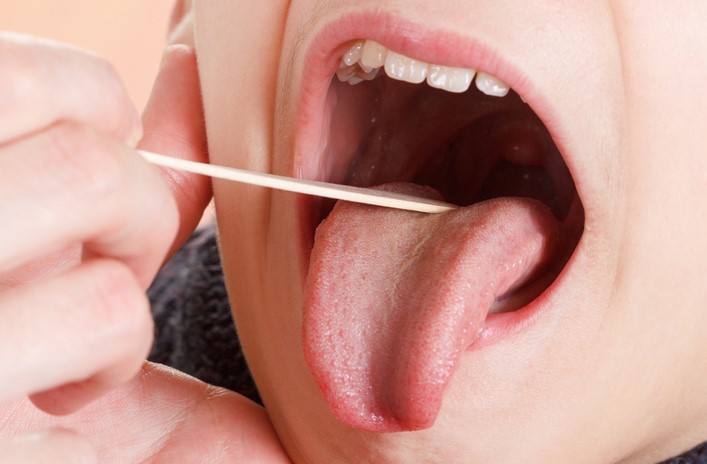
Burnt food carcinogenic is a term used to describe the potential link between overcooked food and cancer risk. It is a growing area of research that has been gaining attention in recent years. Studies have suggested that certain compounds formed when food is cooked at high temperatures can be carcinogenic, or cancer-causing. This article will discuss the potential risks associated with overcooked food, as well as the steps that can be taken to reduce the risk of cancer from burnt food.
The Dangers of Burnt Food: How Overcooking Can Increase Your Risk of Cancer.
Cooking food is an essential part of life, but it is important to be aware of the dangers of overcooking. Burnt food can contain carcinogens, which are substances that can increase the risk of cancer. In this article, we will discuss the potential risks associated with overcooking food and how to reduce your risk of cancer.
When food is cooked at high temperatures, it can produce carcinogenic compounds such as polycyclic aromatic hydrocarbons (PAHs) and heterocyclic amines (HCAs). These compounds are formed when proteins and sugars in the food react with each other at high temperatures. PAHs and HCAs have been linked to an increased risk of certain types of cancer, including stomach, colorectal, and breast cancer.
In addition to the potential cancer risk, overcooking food can also lead to the formation of acrylamide, a chemical that has been linked to an increased risk of nerve damage and cancer. Acrylamide is formed when certain carbohydrates are cooked at high temperatures. It is most commonly found in starchy foods such as potatoes, cereals, and breads.
Fortunately, there are steps you can take to reduce your risk of cancer from overcooked food. The first step is to avoid burning or charring food. This can be done by reducing the cooking temperature and avoiding direct contact with flames or hot surfaces. Additionally, it is important to avoid overcooking food, as this can lead to the formation of carcinogenic compounds.
Finally, it is important to be aware of the potential risks associated with eating burnt food. While the risk of cancer from overcooked food is relatively low, it is still important to be aware of the potential dangers and take steps to reduce your risk. By following the tips outlined above, you can help to reduce your risk of cancer from overcooked food.
The Science Behind Burnt Food and Cancer: What You Need to Know About Carcinogenic Compounds
The link between burnt food and cancer has been a topic of debate for many years. While there is no definitive answer, research has shown that certain compounds found in burnt food can be carcinogenic, or cancer-causing. Understanding the science behind these compounds and how they can affect our health is essential for making informed decisions about our diets.
When food is cooked at high temperatures, it can produce compounds known as polycyclic aromatic hydrocarbons (PAHs). These compounds are formed when organic matter is exposed to high temperatures, such as when food is grilled, fried, or barbecued. PAHs are known to be carcinogenic, meaning that they can cause cancer in humans.
PAHs are not the only carcinogenic compounds found in burnt food. Another type of compound, called heterocyclic amines (HCAs), is also produced when food is cooked at high temperatures. HCAs are formed when proteins and amino acids in food are exposed to high temperatures. Like PAHs, HCAs are known to be carcinogenic.
It is important to note that not all burnt food is necessarily bad for you. In fact, some studies have shown that lightly charred food can be beneficial for health. However, it is important to be aware of the potential risks associated with consuming burnt food.
To reduce your risk of exposure to carcinogenic compounds, it is important to avoid overcooking food. When grilling, frying, or barbecuing, it is best to cook food at lower temperatures and for shorter periods of time. Additionally, it is important to avoid charring food, as this can increase the amount of carcinogenic compounds present.
By understanding the science behind burnt food and carcinogenic compounds, we can make informed decisions about our diets and reduce our risk of exposure to these potentially harmful compounds.
Conclusion
In conclusion, the link between overcooked food and cancer risk is real and should not be taken lightly. While the exact mechanism of how burnt food can cause cancer is still being studied, it is clear that consuming burnt food can increase the risk of developing certain types of cancer. Therefore, it is important to be mindful of how food is cooked and to avoid overcooking food whenever possible.

